The Importance of Indoor Air Quality Amidst the Canadian Wildfire Emergency
In recent years, the importance of indoor air quality, (IAQ) has gained significant attention. Poor indoor air quality can have detrimental effects on the health of occupants, leading to respiratory and cardiac diseases, among other issues [1]. Today, as we face the impact of indoor air quality emergencies like the Canadian Wildfires, it becomes crucial for homeowners and facilities managers to prioritize the health and well-being of their residents. In this article, we will explore how UV-C and HEPA indoor air treatment can benefit homeowners and facilities managers by safeguarding the health of residents, particularly in the face of indoor air quality emergencies. Indoor air quality (IAQ) is a critical factor in our health and well-being. The air we breathe indoors can be more polluted than the air outside, and it can contain harmful pollutants such as mold, bacteria, viruses, and airborne fine particles. These pollutants can cause a variety of health problems, including respiratory infections, allergies, asthma, and even cancer.
The Canadian WildFires
The recent Canadian wildfires have created an IAQ emergency in Canada and the United States. The smoke from these fires is filled with harmful pollutants, including PM2.5, which are tiny particles or droplets that can get deep into the lungs and cause health problems. People with respiratory problems, such as asthma and COPD, are especially at risk.
How UV-C and HEPA Air Treatment Can Help
Yes, N95 masks should absolutely be used in an IAQ emergency, but there are many important IAQ technologies that will help you mitigate IAQ toxicity in emergencies like the Canadian Wildfires. UV-C HVAC treatment, also known as ultraviolet germicidal irradiation (UVGI), has proven to be an effective solution for air and surface disinfection [3]. UVGI utilizes short-wave ultraviolet UV-C energy to destroy airborne and surface-bound microbes, including mold, bacteria, and airborne viruses. At a wavelength of 253.7 nm, UV-C alters the genetic code of microorganisms, inhibiting their ability to reproduce. Extensive research has shown that UV-C energy is highly effective in inactivating various pathogens [3]. By implementing UV-C HVAC treatment, homeowners and facilities managers can ensure a safer and healthier indoor environment for their residents. UV-C and HEPA air treatment are two effective ways to improve IAQ. UV-C light destroys harmful microbes, such as mold, bacteria, and viruses. HEPA filters remove airborne particles, including PM2.5. When used together, UV-C and HEPA air treatment can provide a powerful defense against harmful pollutants in the air.
Combating Allergies and Respiratory Conditions:
One of the significant benefits of UV-C and HEPA indoor air treatment is its ability to combat allergens and improve respiratory health. UV-C treatment effectively destroys 99.998% of mold, bacteria, and airborne viruses, reducing the triggers for allergies and respiratory conditions [2]. This is particularly crucial for individuals with comorbidities suffering from seasonal allergies and pet allergies, as they are more susceptible to the adverse effects of poor indoor air quality. By investing in UV-C and HEPA indoor air treatment, homeowners and facilities managers can create an environment that promotes well-being and alleviates the symptoms associated with allergies and respiratory conditions.
Benefits of UV-C and HEPA Air Treatment
Improves respiratory health: UV-C and HEPA air treatment can help to reduce the risk of respiratory infections, allergies, asthma, and other health problems.
Helps people with comorbidities: UV-C and HEPA air treatment can be especially helpful for people with comorbidities, such as asthma and COPD.
Reduces allergens: UV-C and HEPA air treatment can help to reduce the levels of allergens in the air, which can help people with allergies.
Improves overall health and well-being: UV-C and HEPA air treatment can help to improve overall health and well-being by reducing exposure to harmful pollutants.
Preparing for Indoor Air Quality Emergencies:
Indoor air quality emergencies, such as this week’s Canadian Wildfires impacting the U.S. and Canada, serve as reminders of the importance of IAQ preparedness. These emergencies release harmful airborne fine particles, known as particulate matter 2.5 (PM2.5), which pose severe health concerns [1]. Investing in indoor air quality technology, including UV-C and HEPA treatment, becomes a prudent use of facilities capital. By proactively implementing these solutions, homeowners and facilities managers can mitigate the risks associated with indoor air quality emergencies and ensure the well-being of their residents.
The Empathetic Approach:
In times of health-related challenges, empathy becomes a guiding principle. Facilities managers have a responsibility to prioritize the health and safety of their residents. By investing in UV-C and HEPA indoor air treatment, they demonstrate a genuine commitment to creating a healthy living environment. This empathetic approach fosters trust and reassurance among residents, knowing that their well-being is of utmost importance.
Dangers of Airborne Fine Particles
Airborne fine particles, or particulate matter 2.5 (PM2.5), are tiny particles or droplets in the air that are 2.5 micrometers or smaller in diameter. PM2.5 can be inhaled deep into the lungs and can cause a variety of health problems, including respiratory infections, allergies, asthma, and even cancer.
The Canadian Wild Fires are producing a large amount of PM2.5, which is being carried by the wind into the United States. People who live in areas where the smoke from wildfires is present are at increased risk of developing health problems.
If you live in an area where the smoke from the wildfires is present, there are things you can do to protect your IAQ health:
Stay indoors as much as possible.
If you must go outside, wear an N95 mask that can filter out PM2.5.
Keep your windows closed.
Use an air purifier with UV-C and a HEPA filter.
When it comes to safeguarding the health of residents, especially during indoor air quality emergencies, UV-C and HEPA indoor air treatment emerges as an essential solution. By taking these steps, you can help to protect yourself from the harmful effects of fine particulate matter like PM2.5. Through the utilization of UV-C HVAC treatment and UVGI, homeowners and facilities managers can significantly improve indoor air quality by eliminating mold, bacteria, and airborne viruses. This is particularly beneficial for individuals with comorbidities suffering from allergies and respiratory conditions. Furthermore, investing in indoor air quality technology prepares us for future emergencies and demonstrates empathy towards the well-being of residents and visitors. Let us prioritize the health of our homes and commercial buildings by implementing UV-C and HEPA indoor air treatment, paving the way for a healthier and safer future.
Written by: Arely Guerrero Valderrabano L.C.N.
References:



